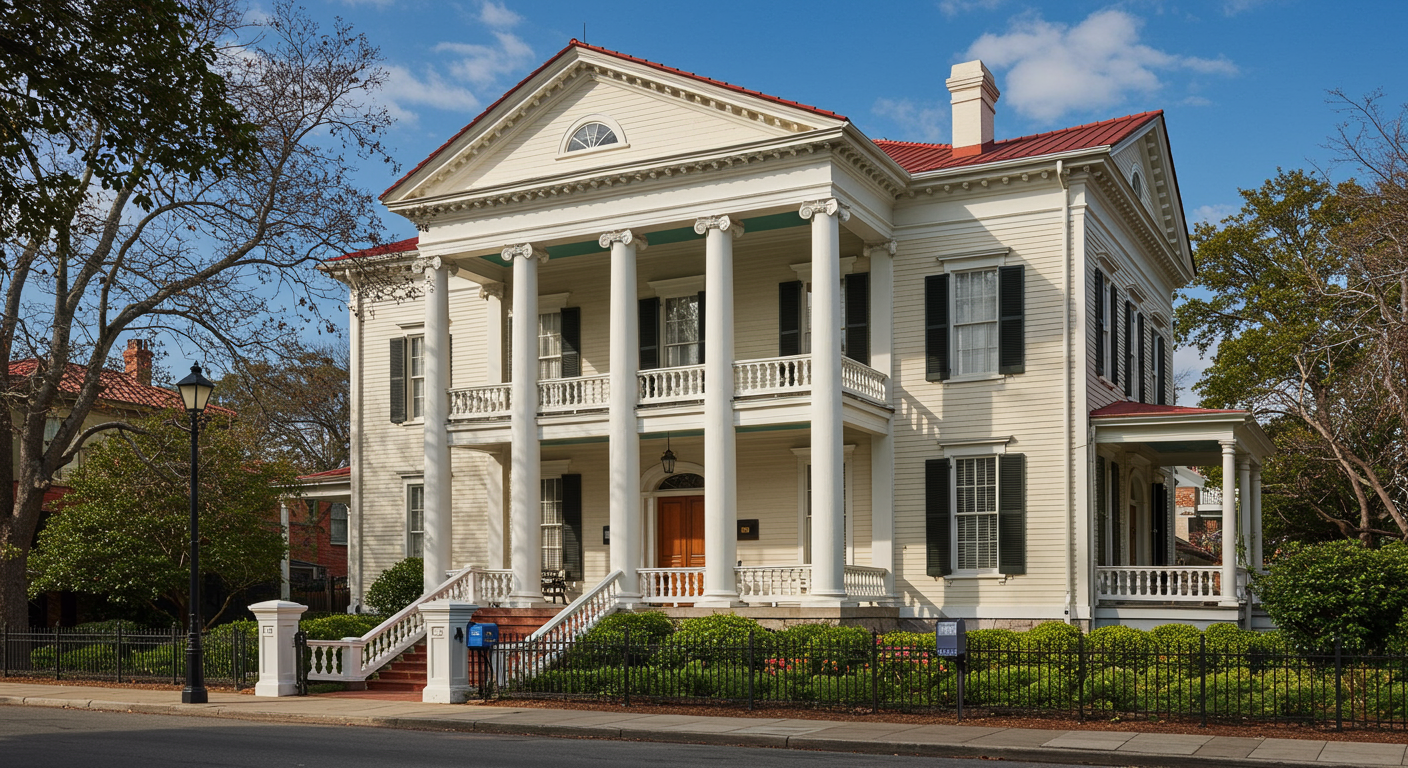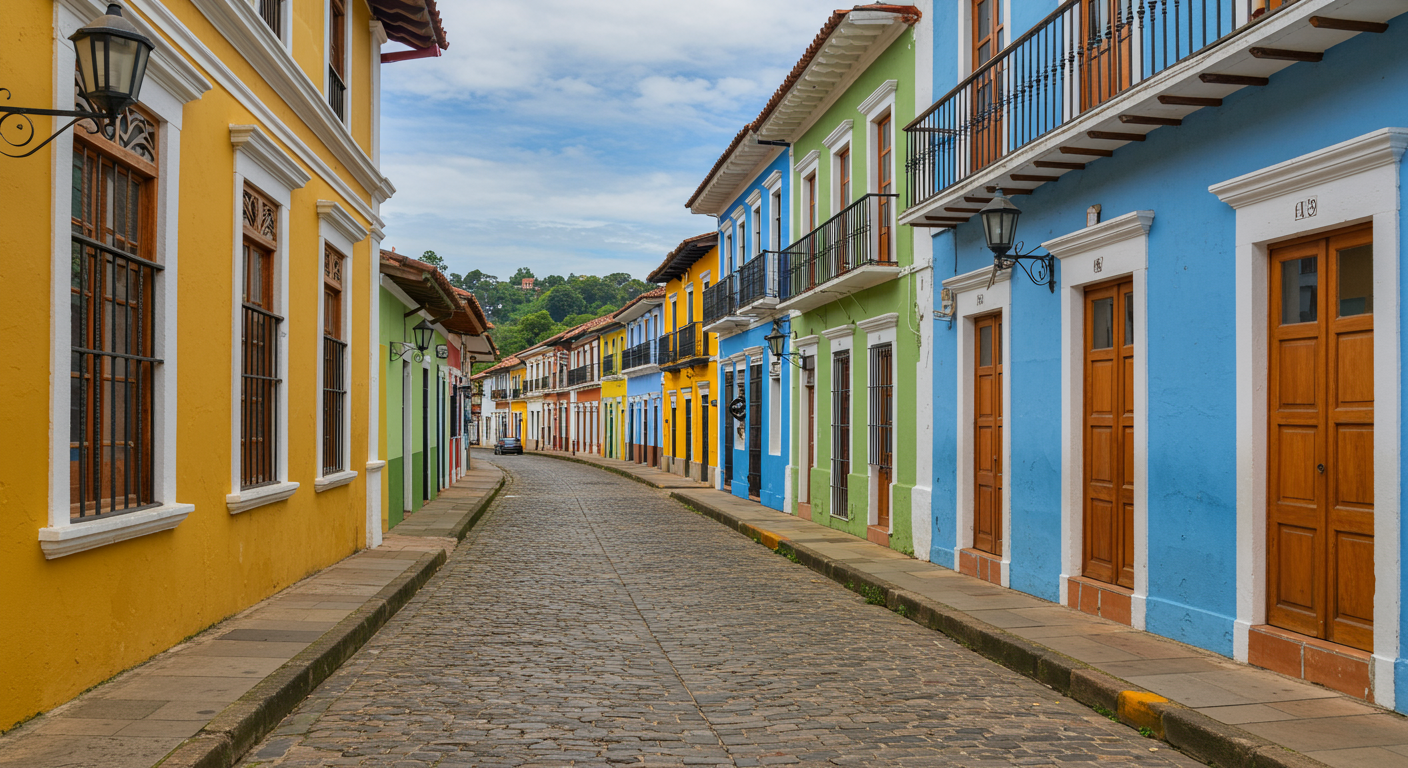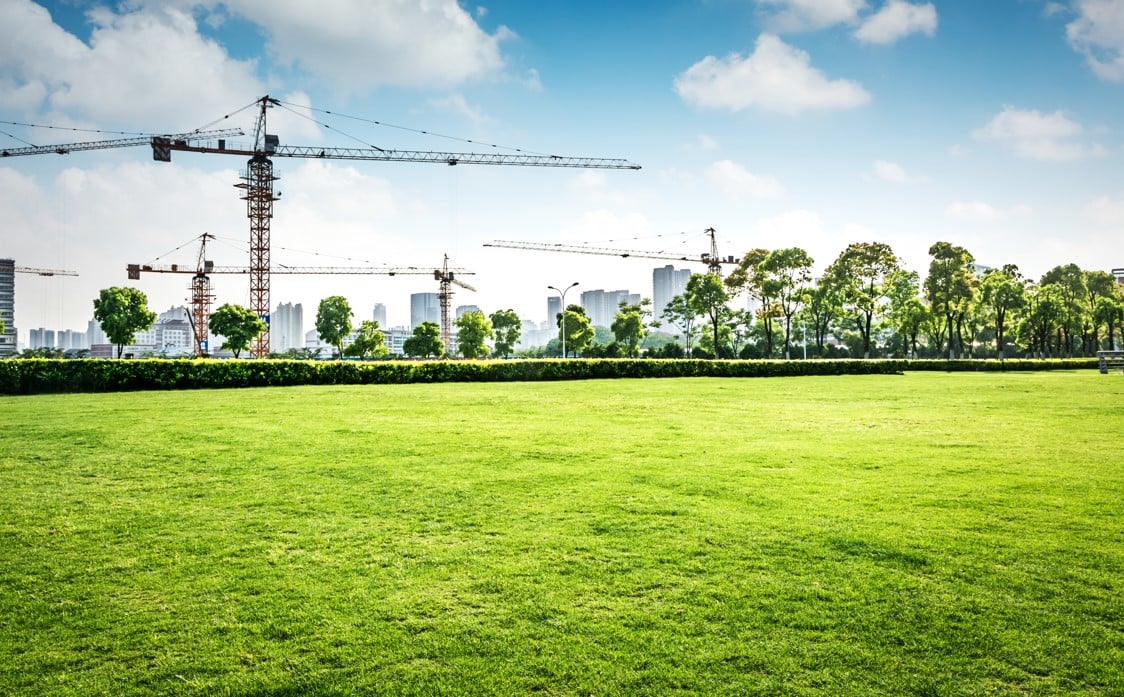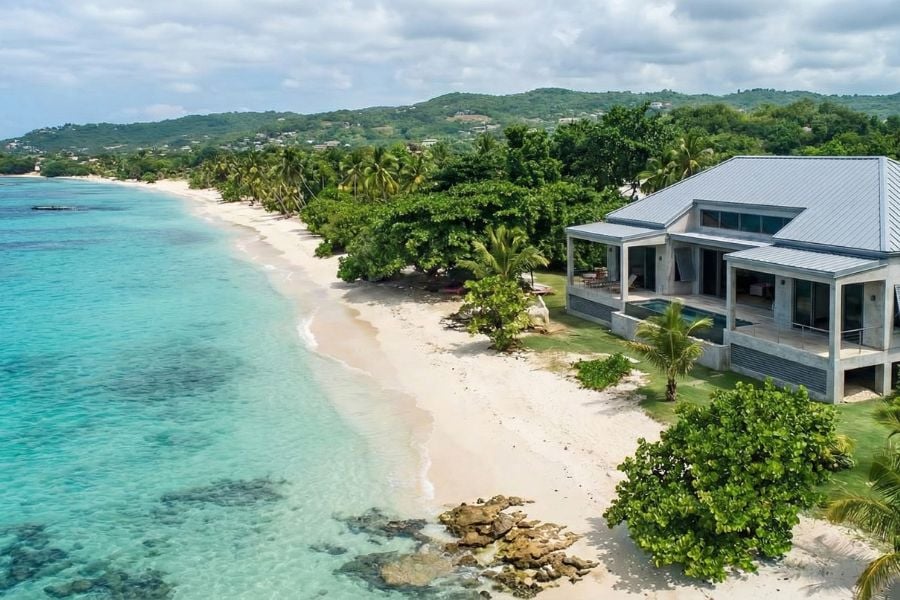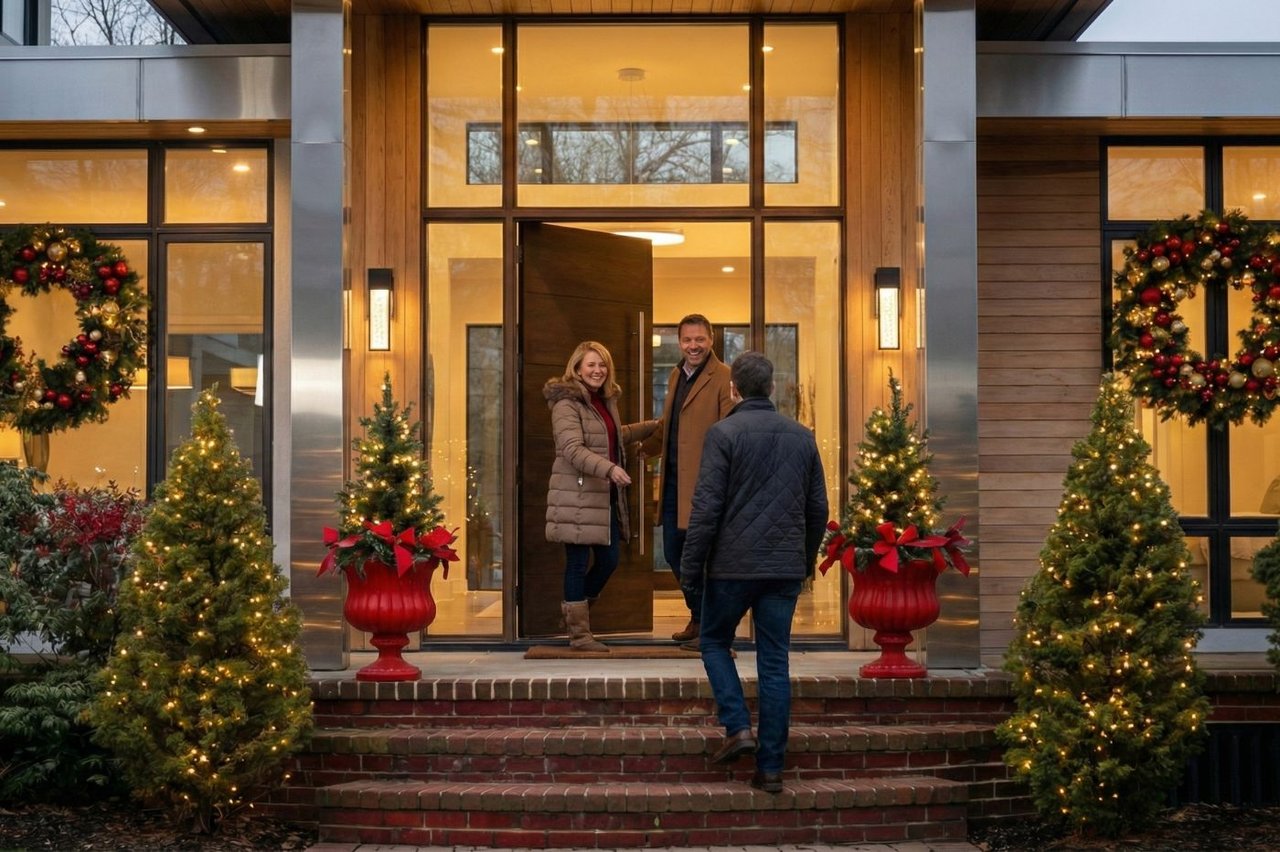Puerto Rico's Housing Law has evolved significantly from its origins to address the island's unique challenges. The journey began in 1938 with the first Housing Act, which aimed to improve living conditions and has since adapted to modern needs, including recovery from natural disasters and economic fluctuations.
The Puerto Rico Department of Housing, established in 1972, plays a key role in managing affordable housing and homeownership programs. Additionally, the 2016 PROMESA Act and establishing the Financial Oversight and Management Board highlight ongoing efforts to ensure fiscal stability and support housing development. These measures reflect Puerto Rico's complex yet proactive approach to creating sustainable housing solutions.
Key Takeaways
- Puerto Rico's housing laws have evolved to address unique challenges, from the 1938 Housing Act to modern recovery efforts.
- The Puerto Rico Department of Housing, established in 1972, plays a crucial role in managing affordable housing and homeownership programs.
- Modern housing efforts focus on resilience against natural disasters, improving housing availability, and sustainable market modernization.
- Legal and financial frameworks, including the Homeowner Assistance Fund, support homeowners and aim to increase housing affordability and stability.
Historical Foundations of Puerto Rican Housing Law: A Summary
Image Source: Flickr
1. Early Legislation and Public Housing Initiatives
The journey of Puerto Rican housing law began with the 1938 Housing Act, initiating public housing efforts to improve urban living conditions.
2. Pre-2017 Hurricane Vulnerabilities
Most of Puerto Rico's housing stock was informally built, lacking compliance with building codes, making them highly vulnerable to natural hazards.
3. Impact of Hurricanes Irma and Maria
These hurricanes highlighted the fragility of the housing sector, underscoring the need for resilient and code-compliant housing infrastructure.
4. Recommendations for Recovery
Efforts are focused on:
- Repairing and rebuilding to enhance resilience against natural hazards.
- Improving housing availability for lower-income households.
- Modernizing the housing market infrastructure for sustainability.
5. Path Forward
A collaborative approach involving public, private, nonprofit, and academic stakeholders is essential for implementing transformative programs and policies for housing recovery and development.
| Aspect | Description |
| Establishment of Puerto Rico Housing Authority (1938) | Formed by Insular Act No. 126 of 1938 following Public Law No. 412 approved by Congress in 1937, marking the start of organized public housing efforts in Puerto Rico. |
| Housing Act of 1937 (as amended) | A United States law mandates the Department of Housing and Urban Development (HUD) to address unsafe housing conditions and the shortage of decent housing for low-income families, including benefits for Puerto Rico. |
| Urban Renewal and Housing Laws | Comprises laws and regulations to foster housing activities, urban renewal, and the development and management of housing projects throughout Puerto Rico. |
| Modernization and Reconstruction Efforts | Initiatives following natural disasters like Hurricanes Irma and Maria in 2017 to modernize the housing sector, addressing challenges and exploring recovery and reconstruction strategies. |
Traditional Puerto Rican Architecture: Styles and Significance
Image Source: architecturaldigest.com
Traditional Puerto Rico houses are more than just dwellings—they are expressions of the island’s rich cultural identity and environmental adaptation. These homes combine form and function, built to endure the tropical climate while showcasing Spanish, African, and Taíno influences.
Key Characteristics
-
Stucco walls and thick masonry for natural insulation and storm resistance.
-
Clay-tile roofs, often flat or gently sloped, to withstand heavy rains.
-
Wrought-iron balconies that offer street-level interaction and airflow.
-
Pastel-colored façades that reflect Spanish colonial charm.
Common Architectural Styles in Puerto Rico
| Style | Region | Materials | Notable Features |
|---|---|---|---|
| Spanish Colonial | Old San Juan | Stone, stucco | Arched windows, patios |
| Criollo | Rural towns | Wood | Raised on stilts, open airflow |
| Art Deco / Neoclassical | Ponce, San Juan | Concrete, plaster | Geometric details, columns |
Cultural Importance
-
Traditional Puerto Rico houses reflect centuries of resilience, creativity, and adaptation.
-
Many are now protected landmarks or renovated into boutique guesthouses, linking heritage to tourism.
This architectural legacy remains central in housing policy, tourism, and restoration projects, reminding planners and investors of the need to preserve cultural identity alongside modernization.
Legal and Financial Considerations in Puerto Rico’s Housing Sector
After exploring the historical evolution of housing laws in Puerto Rico and understanding the challenges faced by the housing sector through time, it's crucial to pivot toward the present legal and financial landscape. This shift from historical context to contemporary analysis reveals how Puerto Rico addresses its housing challenges with modern solutions and strategic initiatives.
Legal Considerations
| 1. Regulatory Framework |
Puerto Rico’s housing sector is governed by local laws and regulations that align with U.S. federal standards, providing a structured legal environment for property ownership and development. |
| 2. Homeowner Assistance Fund (HAF) |
The U.S. Department of the Treasury approved Puerto Rico's HAF Plan under the American Rescue Plan Act of 2021, aiming to support homeowners facing financial hardships with funds to prevent mortgage delinquencies, defaults, and foreclosures. The program has successfully disbursed a significant portion of its funds to assist thousands of homeowners. |
| 3. Property Rights and Title Issues |
Clear property titles are crucial for legal transactions and eligibility for assistance programs. Efforts are being made to simplify and clarify property ownership records. |
Financial Considerations
| 1. Funding and Assistance Programs |
The HAF program is a key financial initiative that focuses on preventing mortgage defaults and aiding homeowners in financial distress. Additional funds and programs are being explored to support more homeowners in need. |
| 2. Housing Affordability Crisis |
The rising cost of housing in Puerto Rico poses a challenge, especially for low- to middle-income families, necessitating strategies to increase affordability and supply. |
| 3. Investment Opportunities |
Puerto Rico presents unique investment opportunities, buoyed by its legal protections and financial incentives for real estate development, aimed at revitalizing the housing market. |
Latest Trends
| 1. Adoption of Technology |
Utilizing technology to improve housing market efficiency and accessibility, including AI and digital platforms for property management and assistance delivery. |
| 2. Public-Private Partnerships |
Leveraging government and private sector collaborations to enhance housing development and infrastructure projects. |
| 3. Sustainability and Resilience |
Emphasizing sustainable development and resilience in new housing projects to withstand natural disasters. |
The legal and financial frameworks governing Puerto Rico's housing market are evolving to address the challenges of affordability, accessibility, and sustainability. Puerto Rico is taking significant steps toward modernizing its housing sector through government initiatives, financial assistance programs, and legal reforms. These efforts aim to provide immediate relief to homeowners in distress and lay the groundwork for a resilient and vibrant housing market in the future.
Modern Challenges in Puerto Rico's Housing Sector
1. Short-Term Rental Market Impact
The rise of short-term rentals (STRs) through platforms like Airbnb and Vrbo has been controversial, with debates around their contribution to the housing crisis. While STRs have injected economic activity into the island, generating significant tourist spending, they've also been critiqued for displacing locals and reducing the supply of long-term rentals, thereby raising rent and property prices. Understanding Puerto Rico short term rental laws is crucial for balancing these economic benefits with community needs.
Despite the economic benefits, the rapid expansion of STRs underscores a need for balanced regulation that safeguards long-term housing availability for Puerto Rican residents.
2. Residential Real Estate Trends
Puerto Rico's residential real estate market has experienced a complex interplay of rising house prices and weakening demand, influenced by increasing interest rates and inflation. The island has seen a slight drop in the sales value of newly built houses, indicating a market adjustment.
While remaining attractive, rental yields reflect a volatile market with high vacancy rates due to population loss and economic challenges. This volatility is compounded by the broader impacts of the pandemic and natural disasters on the housing landscape.
3. Economic Recovery and Tourism
Despite the adversities Puerto Rico faces, the tourism sector shows signs of robust recovery. The resurgence in tourism, increased group room bookings, and short-term rental revenue underscores the sector's pivotal role in the island's economic revitalization.
However, the recovery journey also emphasizes the importance of addressing the housing needs of the local population, ensuring that economic gains translate into broader societal benefits.
4. Construction and Foreclosure Dynamics
The construction industry in Puerto Rico exhibits mixed signals, with cement production rising but sales decreasing. The scenario of residential foreclosures presents a slightly positive outlook, with a reduction in the number of foreclosures, which may signal a stabilizing housing market.
The historical context of economic and natural disasters has left a lasting impact on the housing market, underscoring the need for continued support and investment in housing recovery and development.
5. Governmental Response and Future Directions
Significant federal and local initiatives aim to rebuild and revitalize Puerto Rico's housing sector in response to these challenges. The allocation of funds from HUD for housing projects, infrastructure, and rental assistance, alongside President Biden's approval of additional relief recovery funding, illustrates a concerted effort to address Puerto Rico's housing needs and economic recovery.
Moving forward, these initiatives must focus on creating sustainable and affordable housing solutions that cater to the needs of all Puerto Ricans, ensuring a balanced and inclusive approach to housing and urban development.
Effect Towards the Future of Luxury Properties
1. Increased Demand for High-End Properties
The rise in short-term rentals (STRs) and the resurgence of the tourism sector may lead to increased demand for luxury properties for personal use and investment opportunities. Luxury homes in prime locations could become even more desirable as they offer attractive options for short-term rental markets, potentially increasing their value.
2. Regulatory Changes and Market Adjustments
As Puerto Rico continues to refine its regulatory framework for housing, including the management of STRs, there may be implications for the luxury market. Balanced regulation safeguarding long-term housing availability could lead to stricter controls on luxury property rentals, affecting their profitability and operational dynamics.
3. Enhanced Investment in Resilience and Sustainability
Given the emphasis on sustainable development and resilience against natural disasters, future luxury properties will likely need to incorporate advanced technologies and sustainable practices. This could increase the appeal of such properties to environmentally conscious buyers and investors, potentially driving up prices for luxury homes that exemplify these features.
4. Impact of Financial Assistance and Economic Recovery Programs
The distribution of funds through programs like the Homeowner Assistance Fund (HAF) and other federal and local initiatives may primarily target affordable housing and the broader market's recovery. However, the overall economic revitalization of the island, including improvements in infrastructure and public services, could also enhance the desirability and value of luxury properties.
5. Market Volatility and Economic Factors
The luxury housing market in Puerto Rico may continue to experience volatility due to broader economic factors, including interest rates, inflation, and the global economic outlook. Luxury properties, often considered less liquid assets, could see fluctuating demand and pricing in response to these external pressures.
6. Demographic Shifts and Buyer Preferences
The changing demographics of the island, coupled with shifts in buyer preferences towards more sustainable, resilient, and technologically integrated homes, could redefine what is considered a luxury property. Future luxury houses might need to offer more than traditional amenities, focusing instead on smart home technologies, energy efficiency, and other modern features to attract buyers.
7. Potential for Foreign and Diaspora Investment
Given Puerto Rico's unique status and its legal and financial incentives for real estate development, there could be increased interest from foreign investors and the Puerto Rican diaspora. This could stimulate the market for luxury properties, especially if these groups view the island as an attractive location for second homes or investment properties.
Practical Advice for Navigating Puerto Rican Housing Law
The housing laws and market in Puerto Rico involve understanding both the opportunities and challenges the local real estate landscape presents. Here are some practical tips and considerations for anyone looking to rent, buy, or invest in Puerto Rico's housing sector:
1. Renting Before Buying
It's advisable for newcomers to rent before purchasing a property. This approach provides time to explore different neighborhoods and understand the real estate market on the island. However, it's important not to delay the purchase too long, especially for those relocating under tax incentive acts like Act 60, as buying property can qualify you for significant incentives.
2. Understanding Rental Agreements
When negotiating a lease, ensure the agreement includes clear terms about deposits, fees, habitability standards, and maintenance issues. Puerto Rico's laws on tenant rights might differ from what you're accustomed to, so including specific provisions in your contract can protect you from unforeseen issues.
3. Choosing the Right Location
The island offers diverse living environments, from beachfront properties to more secluded homes in the mountains. Each area has pros and cons, affecting everything from cost to accessibility. It's worth exploring different areas through short-term rentals or seeking advice from locals to find the place that best suits your lifestyle and needs.
4. Homeowner Assistance Program
The Puerto Rico Homeowner Assistance Fund (HAF) has financially supported homeowners facing hardships, covering mortgage delinquencies and other financial burdens. This initiative is a part of the broader efforts to stabilize the housing market and support Puerto Rican residents.
5. Investment Opportunities
Puerto Rico offers unique investment opportunities, notably through its designation as an opportunity zone. This status provides tax incentives under the Tax Cuts and Jobs Act of 2017, aimed at spurring economic development and investment in the housing market. Potential investors should consider these incentives when exploring real estate opportunities on the island.
Conclusion
Our exploration of Puerto Rico's housing market and laws encapsulates the historical evolution, present dynamics, and prospective future of the island's real estate sector. We've distilled essential insights and practical advice to empower you in navigating the complexities of Puerto Rico's housing landscape. Understanding the blend of challenges and opportunities is key in renting, buying, or investing.
Christie's International Real Estate Puerto Rico stands at the forefront of luxury housing on the island, embodying a rich tradition of excellence and a deep understanding of the high-end real estate market. We are dedicated to providing the most current and comprehensive information on housing laws and regulations in Puerto Rico, enabling buyers, renters, and home sellers to navigate the market confidently.
Trust in Christie's International Real Estate Puerto Rico to unlock the full potential of the island's real estate opportunities
FAQs
What is the purpose of the homestead law in Puerto Rico?
The homestead law in Puerto Rico is designed to protect individuals' primary residence from being seized or foreclosed upon to satisfy debts. This law ensures that homeowners can retain their primary residence even in the face of financial difficulties.
How does the Homeowner Assistance Fund (HAF) impact the local housing market in Puerto Rico, and who is eligible to apply for this assistance?
The Homeowner Assistance Fund (HAF) aims to stabilize the housing market by providing financial relief to homeowners experiencing hardships due to the COVID-19 pandemic. This fund helps prevent mortgage delinquencies, defaults, and foreclosures. Eligibility typically includes homeowners who have experienced financial hardship after January 21, 2020, and meet income criteria relative to the area median income.
This program has positively impacted the market by reducing the number of foreclosures and supporting housing stability for many families. Applicants should visit the Puerto Rico Department of Housing website for specific eligibility details and application procedures.
What are some of the best neighborhoods in Puerto Rico for luxury real estate investment, and what factors should investors consider?
Some of the best neighborhoods for luxury real estate investment in Puerto Rico include Condado, Dorado Beach, and Palmas del Mar. These areas are known for their high-end amenities, beachfront properties, and proximity to major urban centers.
Investors should consider factors such as the neighborhood's infrastructure, access to international schools, healthcare facilities, and leisure activities like golf courses and marinas. Additionally, examining local market trends, property appreciation rates, and the impact of tourism on rental yields can provide valuable insights for making informed investment decisions.

